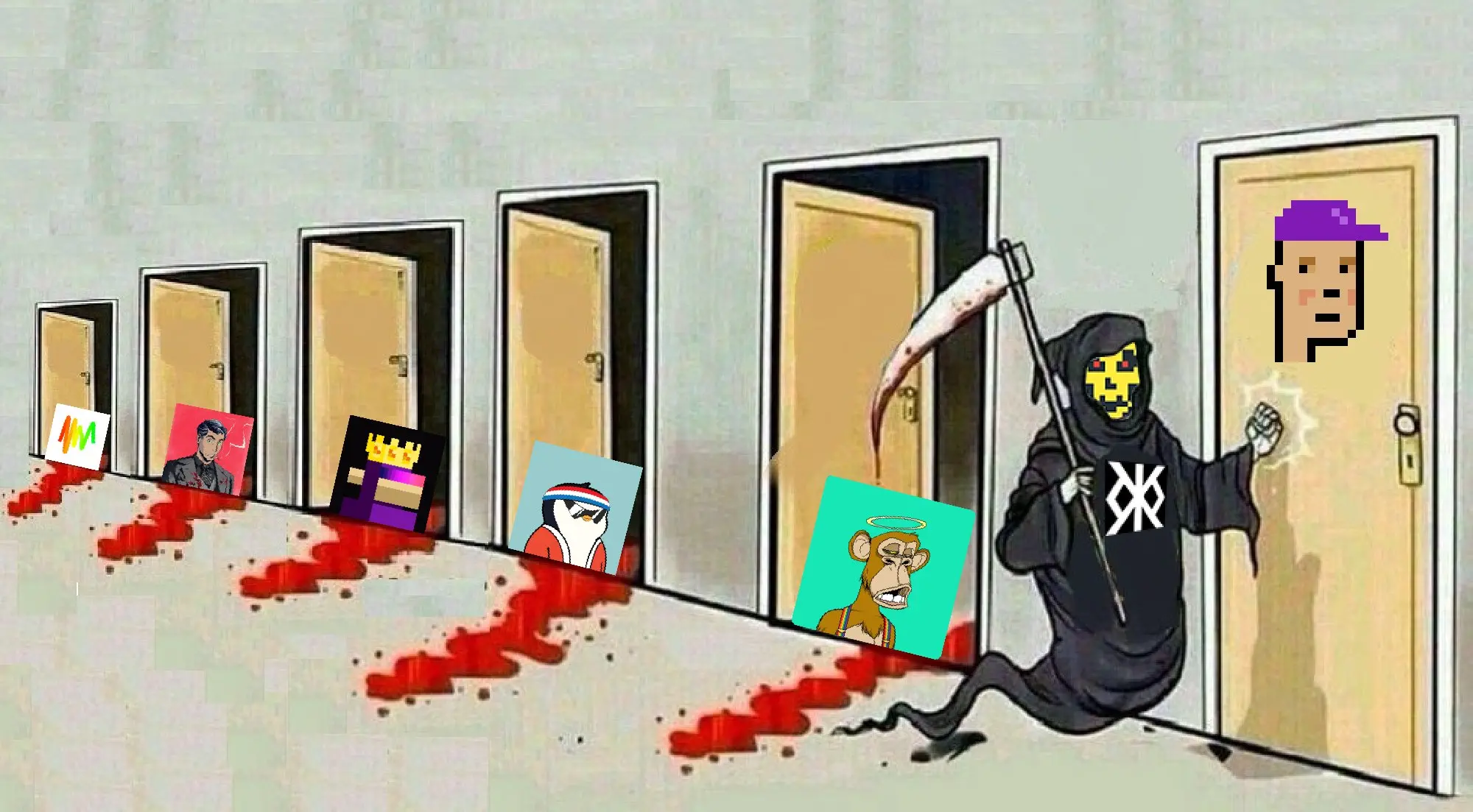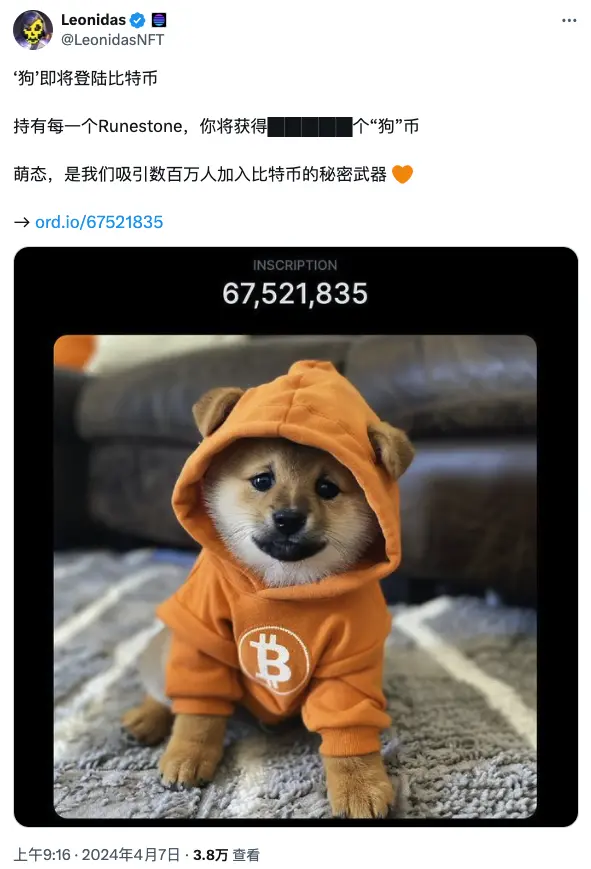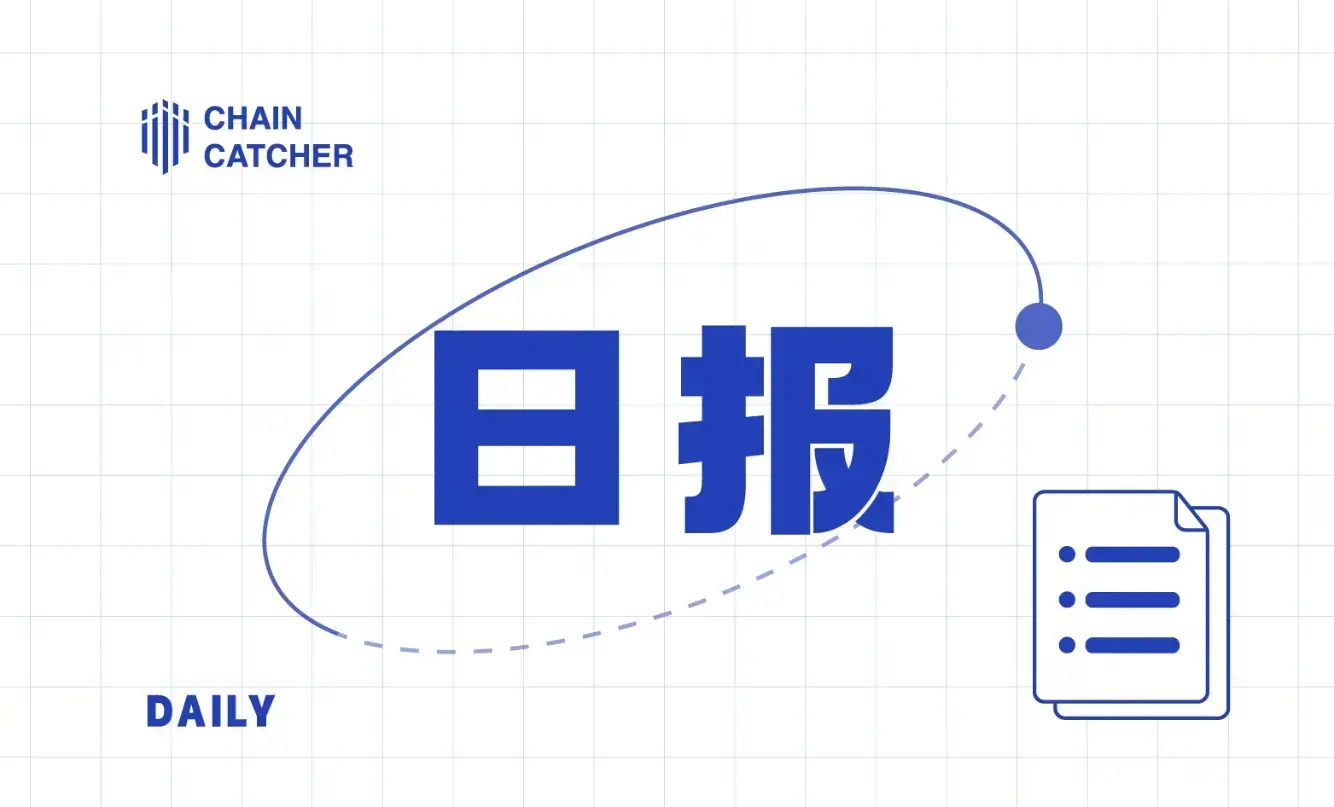"Why does Runestone's market value exceed BAYC?"
Written by: Jaleel, Rhythm BlockBeats
The strength of the Bitcoin ecosystem's Runes protocol has been significantly reflected in Runestone.
Recently, the floor price of the former NFT king Bored Ape Yacht Club (BAYC) briefly fell below 12 Ethereum (ETH). Although it has struggled to stay above 12 ETH, it has lost its position as the second-largest NFT by market capitalization.
According to data from Coingecko, the floor price of Runestone has risen to 0.065 Bitcoin (BTC), approximately $4,505, with a 24-hour increase of 33.2%. This leap has brought Runestone's market capitalization to $506 million, surpassing BAYC's $411 million, making it the second-largest project in the NFT market.

Compared to BAYC's rise, Runestone's market capitalization growth has been a straight upward trajectory. Just a month ago, Runestone, which had not yet launched an airdrop, was exceptionally popular on the over-the-counter (OTC) platform Whales Market, even though both buyers and sellers needed to double deposit. At that time, its market capitalization had reached $143 million, with transaction prices around $1,300.
From $1,300 to $4,505, Runestone achieved a 3.5-fold price surge within a month. While such an increase may not be astonishing in the cryptocurrency world filled with wealth legends, considering that Runestone has a total supply of only 110,000, this growth is particularly significant. Compared to the common total supply of 10,000 for NFT projects, Runestone's issuance is ten times that, and it operates on the relatively high-fee Bitcoin network. In this context, the growth of Runestone's liquidity and market capitalization can be described as "an elephant dancing."
Strong Expectations for the Runes Protocol
Why has Runestone's market capitalization surpassed BAYC in the past month? Perhaps the main driving force comes from the Runes protocol's performance exceeding market expectations.
It is expected that later this month, with the Bitcoin halving event approaching, the Runes protocol will officially launch its mainnet. As the "singularity" of the Bitcoin ecosystem's "big bang," Casey's influence is unmatched throughout the Bitcoin ecosystem, and the Runes protocol itself carries a strong consensus. The Runes protocol inherently possesses a robust consensus foundation, and as this consensus continues to strengthen, the increase in asset value has already become a market consensus.
To prevent the first Rune from being snatched or pre-mined by VCs or project parties, Casey decided to hard-code the first 10 Runes (Rune 0 - Rune 9) into the Runes protocol, only supporting open minting, allowing everyone to participate fairly.
However, not everyone can take the first wave of opportunities; the actual participation threshold for minting Runes is not low. Similar to the early days of the Ordinals protocol, the Runes protocol requires users to set up a full Bitcoin node to participate in the new minting process, which poses a high barrier for most ordinary users. Therefore, for those who wish to join the Runes protocol but face high barriers, investing in assets like Runestone that already have a certain level of consensus and influence becomes a more cost-effective choice.
As the halving approaches, the trading volume and prices of Runes concept NFTs are rising across the board. As of the time of writing, according to data from Magic Eden, four of the top ten Bitcoin NFTs by trading volume, including Runestone, are Runes concept NFTs.

In Fact, Runestone Is Not Benchmarking Against BAYC
Although Runestone's market capitalization has surpassed BAYC, Runestone is not benchmarking against BAYC.
According to Runestone founder and Ordinals developer Leonidas on social media, after being converted into tokens, Runestone's goal is simple: to create a world-class memecoin on the world's top blockchain. The MEME coin code and supply of Runestone will be determined by the community, and it does not necessarily need to be related to the Runestone theme. The design concept is completely open.

"People mistakenly regard Runestone as an NFT collectible, but within a month, everyone will see Runestone as a Memecoin. If a randomly pre-sold Memecoin can skyrocket to a $1 billion market cap overnight, imagine what a Memecoin on the Bitcoin chain could achieve," Leonidas wrote on social media.
Clearly, Runestone's competitors are not NFT projects like BAYC, but top meme coins such as DogeCoin, Shiba Inu, and PEPE.
Comparing the market capitalizations of some top meme coins currently—DogeCoin at $28 billion, Shiba Inu at $16 billion, and PEPE at $2.9 billion—Runestone's current market cap of $500 million, while exceeding the former NFT leader BAYC, still has a long way to go to become a top meme coin.
As for whether Runestone will stand firm as the Rune Dragon or be "defeated" amidst the many Runes assets after the Runes protocol launches its mainnet, it will take some time to verify.

Leonidas recently announced a new development, stating that Runestone NFT holders will have the opportunity to receive three rounds of Runes Memecoin airdrops, scheduled for later this month, later this year, and "when we become the world's top Memecoin."









